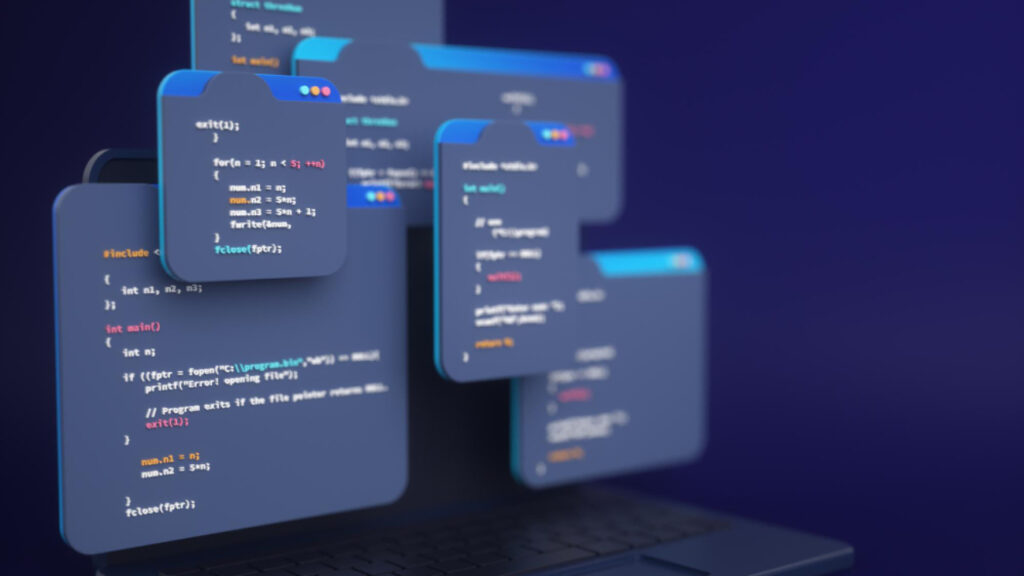Progressive Web Apps (PWAs) have emerged as a game-changer in the world of mobile and web application development stated Bahaa Al Zubaidi. These innovative web applications offer the best of both worlds: the reach and accessibility of the web combined with the performance and user experience of native apps. In today’s tech landscape, where users span diverse platforms such as Android, iOS, and the web, the demand for cross-platform solutions has never been higher.
This blog explores the exciting realm of cross-platform PWA development. We’ll delve into the tools, technologies, and strategies that enable you to create powerful PWAs capable of running seamlessly on Android, iOS, and the web. Say goodbye to the complexities of building separate native apps and welcome the era of simultaneous cross-platform PWA development.
Understanding PWAs
To grasp the essence of PWAs, one must first acquaint themselves with their defining characteristics and the numerous advantages they offer. PWAs, or Progressive Web Apps, represent a groundbreaking approach to web application development. They boast features that elevate them above traditional websites and even rival native apps in terms of user experience. These features include offline access, push notifications, and device hardware integration.
Furthermore, PWAs require no installation, making them easily accessible to users. Their compatibility across various devices and browsers ensures a broad reach. In essence, PWAs bridge the gap between websites and native apps, offering a user-centric experience that is truly the best of both worlds.
Cross-Platform Development
Cross-platform development emerges as a solution to the complexities of crafting separate applications for Android and iOS. This approach streamlines the development process, allowing developers to create applications that function harmoniously across multiple platforms. The primary goal is to minimize duplication of effort and maximize efficiency.
By using cross-platform development frameworks and technologies, developers can write code that is compatible with both Android/iOS, saving time & resources. This approach is particularly advantageous for businesses looking to expand their user base and reduce development costs. With cross-platform development, the focus shifts from platform-specific coding to building robust, versatile applications that cater to a broader audience.
Tools and Technologies
When it comes to developing cross-platform PWAs, a fundamental consideration lies in selecting the right tools and technologies. Developers have a range of options at their disposal, including well-established cross-platform development frameworks like React Native, Flutter, and Xamarin. These frameworks empower developers to write code in a single codebase that can be deployed across Android, iOS, and web platforms.
Additionally, the trio of HTML5, CSS3, and JavaScript play pivotal roles in PWA development, facilitating the creation of responsive, user-friendly interfaces that adapt seamlessly to different devices and screen sizes. The choice of tools shapes the efficiency and success of your cross-platform PWA project, so careful evaluation and selection are paramount.
Building a Cross-Platform PWA
Building a cross-platform PWA demands a methodical approach. The journey begins with comprehensive planning, setting clear objectives, and designing a unified user experience across Android, iOS, and the web. Developers write code that adheres to a single codebase, leveraging the chosen cross-platform framework’s capabilities. As development progresses, it’s crucial to prioritize rigorous testing and debugging, ensuring that the PWA functions seamlessly on all target platforms.
Design considerations encompass accommodating platform-specific user interface elements while maintaining consistency in functionality. This systematic approach ensures that your cross-platform PWA reaches a wide audience & offers a consistent user experience across diverse devices and platforms.
Conclusion
The world of cross-platform PWA development opens up exciting possibilities for businesses and developers alike. Progressive Web Apps bridge the gap between web and native applications, offering a versatile and user-centric experience. By embracing cross-platform development, you can streamline your workflow, reaching a broader audience across Android, iOS, and the web while minimizing duplication of effort.
The right choice of tools and technologies plays a pivotal role in the success of your project, ensuring efficient development and excellent user experiences. As we move forward, staying updated with emerging trends will be crucial to harness the full potential of cross-platform PWAs. So, seize this opportunity, break down platform barriers, and embark on your journey toward building innovative, cross-platform PWAs. The blog has been authored by Bahaa Al Zubaidi and has been published by the editorial board of Tech Domain News. For more information, please visit www.techdomainnews.com.






